
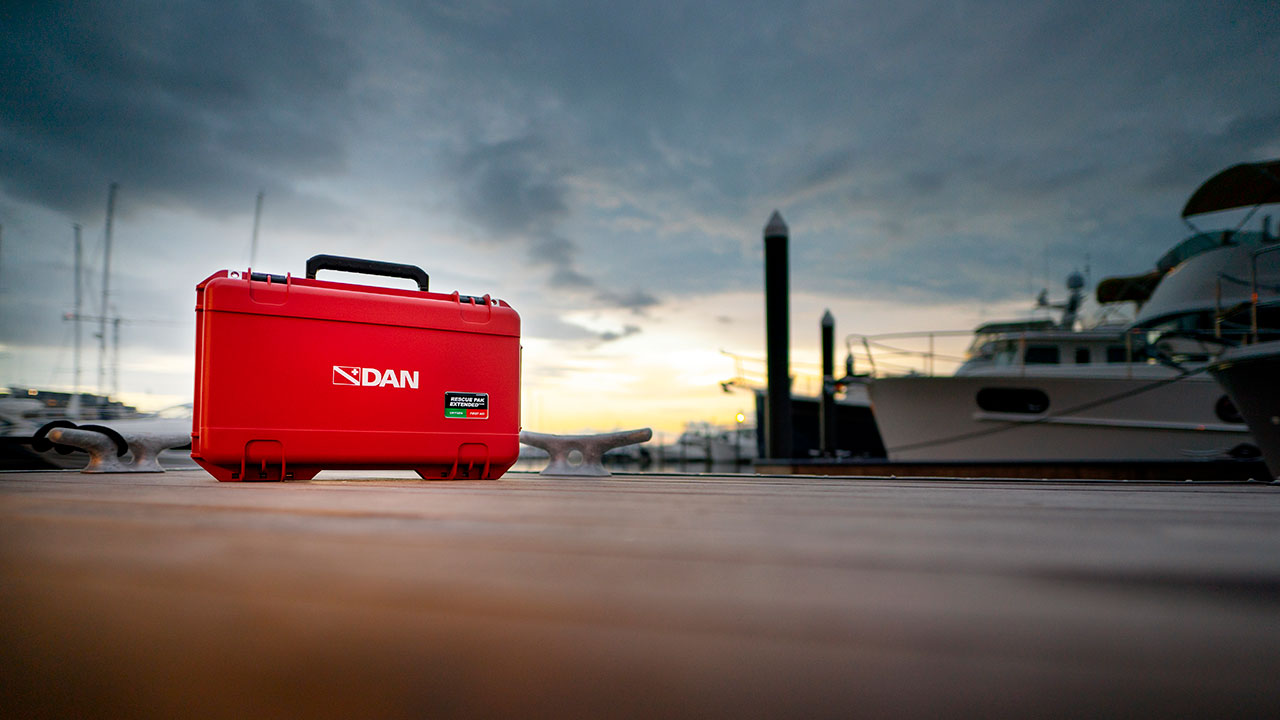
By Brian Harper, W-EMT, DMT
TRAVEL HEALTH | Nov 6, 2015
There is no easier way to improve readiness for emergencies in remote settings than to bring a first aid kit. The presence of a few important items can make a big difference in an injured person's ability to continue a trip. Some of these items, when used quickly and skillfully, can even speed recovery and improve the ultimate outcome of an accident.
When building a first aid kit, a commercially available kit is a good place to start. Manufacturers have sought the expertise of active and experienced sailors and travelers, so there are many good kits on the market today. One benefit of a premade kit is that the items in it are usually present in about the right quantity. Starting from scratch is typically more expensive at the outset since it can be difficult to buy items in only the number you need. Commercially available kits also come in cases that are sized to the user's need, are built of durable materials and are often clearly marked in colors or with symbols that indicate what they are, allowing easy recognition by anyone. Premade kits are also organized to permit quick identification of the internal contents. This keeps rescuers from having to dump everything on the ground and sift through it to find what is needed.
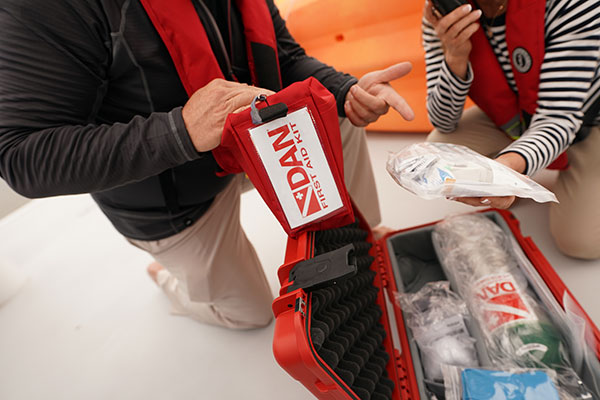
First aid kits range in size from a pair of latex gloves folded inside a bandana to truckloads or yak loads of medical equipment. After starting with a premade kit, customize it for the trip being planned. The size and contents of a first aid kit should reflect the number of people in the party, their level of medical training, the length of the trip and the environment. Add any items uniquely suited to the upcoming trip. Kits for long hikes, for example, should include extra blister-care supplies like moleskin, while kits designed for use by boaters in saltwater should contain a bottle of vinegar for treating jellyfish stings. There are a few items that don't always come in premade kits that are handy in any environment: A miniature LED headlamp, a pen, a small notepad and a watch with a second hand make measuring vital signs and documenting an incident much easier.
The most accessible item in any first aid kit should be a pair of nitrile or latex gloves. These create a barrier between a rescuer and an injured person, reducing the likelihood of disease transmission to both. Gloves can also lend an air of credibility to a rescuer. They might help an injured person accept a caregiver's influence, and they might even put rescuers in a mindset in which they haven't been since their last first aid class. A cardiopulmonary resuscitation (CPR) mask is another important barrier device to include; it minimizes the risk of disease transmission during rescue breathing and CPR.
Soft-tissue injuries can occur in any environment, so all kits should contain supplies for treating wounds and burns. Pack items that, when combined with direct pressure, will help control bleeding, such as gauze and other absorbent dressings. Once bleeding is under control, wounds must be cleaned. Scrubbing the area around a wound with soap or antiseptic wipes helps keep bacteria on the skin from contaminating the wound. Thorough irrigation with a stream of water from an irrigation syringe is the best way to minimize the risk of infection. Sanitized tweezers are useful for removing debris.
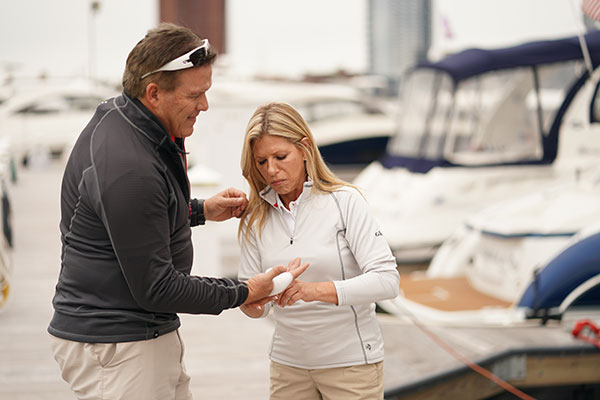
After wounds are clean, they should be kept moist and covered. Wounds must be re-dressed regularly, so pack shears for easy bandage removal and plenty of dressing materials, including more gauze, Kerlix, and some nonadherent Adaptic or Telfa dressings for burns or particularly sticky wounds. Include self-adherent Coban, also known as vet wrap, and an ample supply of tape to keep dressings in place. In wet environments, tincture of benzoin is invaluable for helping bandages adhere to skin. Pack double antibiotic ointment to help keep abrasions infection-free, and include plenty of Band-Aids; for small wounds, they're hard to beat.

Treatment of musculoskeletal injuries often involves a support mechanism like a sling or splint to limit movement and cushion the injured body part. Many of the items used to build a splint would come from outside a first aid kit (towels, fins and spare clothing, for example), but a good kit will have items that can help with construction. Triangular bandages, or cravats, are included in many premade kits because of their utility as slings, fasteners and even absorbent material. Spare boot laces, safety pins and short lengths of parachute cord can also aid in splint building. For less severe musculoskeletal injuries, elastic bandages can limit mobility just enough to prevent further harm but still allow some movement.
Aspirin is good to have on hand in case of unexplained chest pain, which could indicate a cardiovascular emergency. Ibuprofen (Advil/Motrin) is good for musculoskeletal pain and inflammation. Acetaminophen (Tylenol) is a pain reliever and fever reducer that can safely be given when some other pain relievers aren't an option due to an increased risk of bleeding, like after a head injury. First aid kits designed to be taken offshore should include meclizine (Bonine) or dimenhydrinate (Dramamine) for those prone to seasickness. Loperamide (Imodium) is a helpful option for minimizing the dehydration that accompanies diarrhea, but it does not address the cause. An antihistamine like diphenhydramine (Benadryl) is useful for combating allergic reactions.
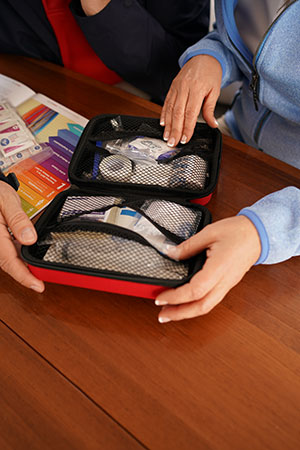
Before every trip, open your first aid kit. Stock up on items you wished you had more of on past trips, and replenish everything you have used up. Throw away anything that's expired or looks damaged or degraded. Learn to use any items with which you're not familiar, or remove them from the kit; if you don't know how to use something, you won't use it. By going through your kit regularly, it will become less of an afterthought that gets thrown into the truck or boat to ward off evil spirits and more of a tool you can skillfully put to use when it's needed.
Items to include your basic first aid kit:
To expand your first aid capabilities even further, consider adding these items:
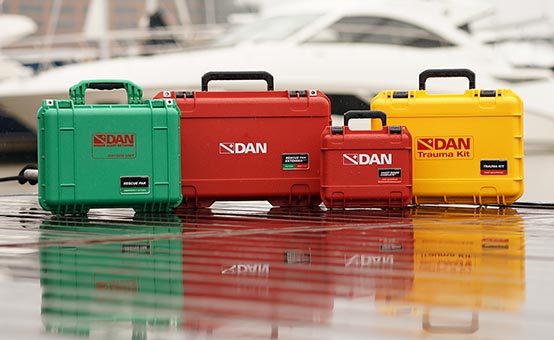

Check out the DAN Boater Travel Store to see first-aid kits suitable for a variety of boating styles and other outdoor activities.
MORE FROM
SAFE PASSAGE
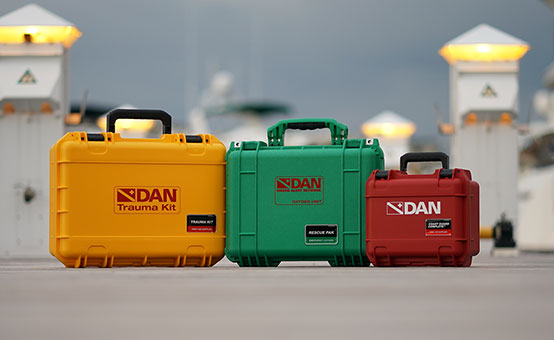
TRAVEL SAFETY | Nov 17, 2018
Announcing: New Line of Marine First Aid Kits Now Available
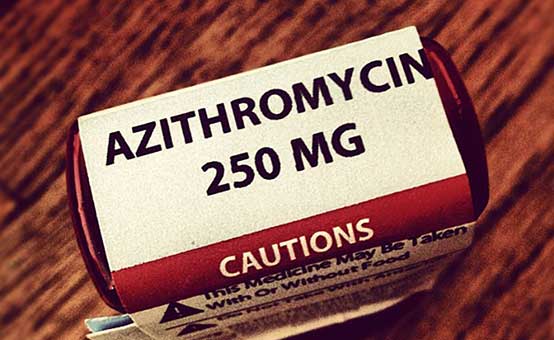
TRAVEL HEALTH | Apr 27, 2017
Should I have antibiotics with me in case I get sick in a remote location?